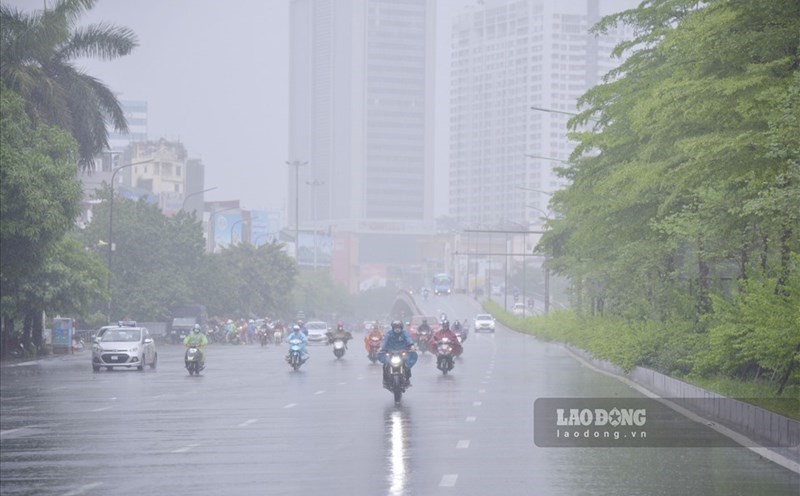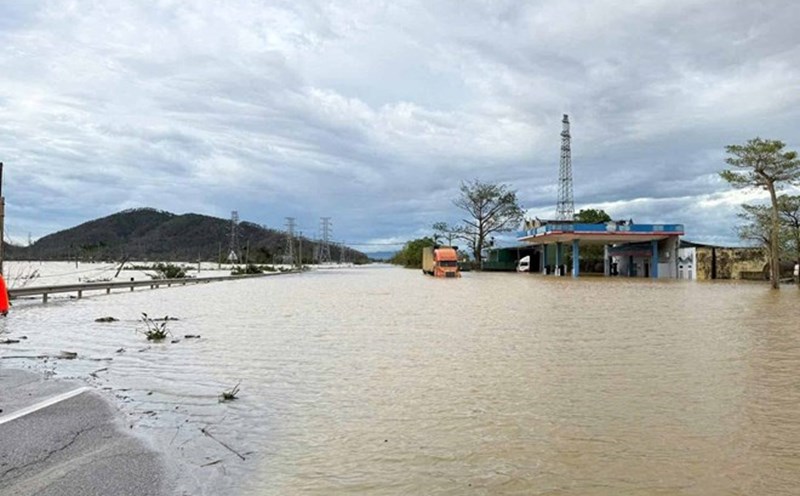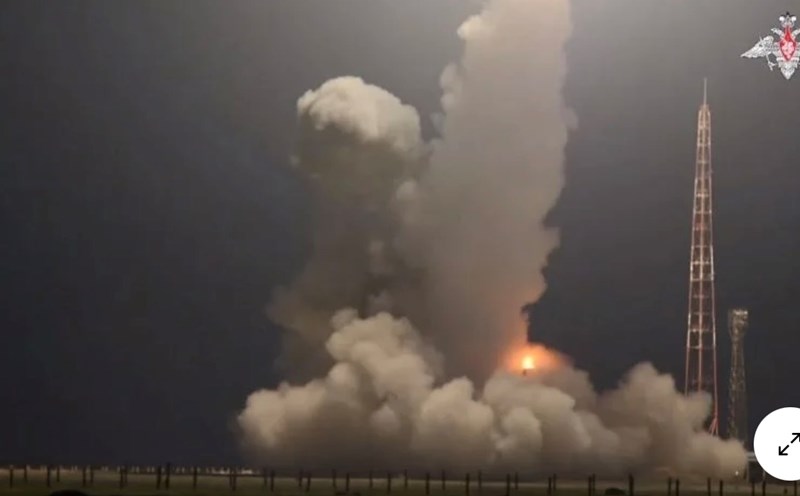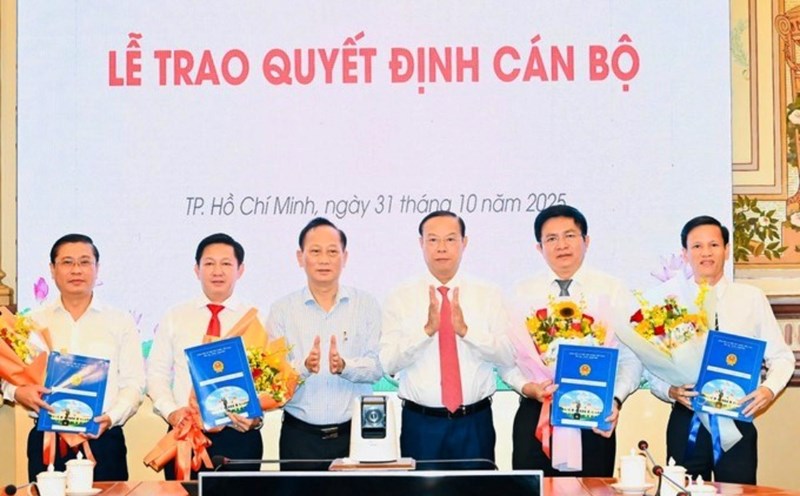The project to expand the Ho Chi Minh City - Long Thanh expressway section, about 22km long, passing through Ho Chi Minh City and Dong Nai province, with a total investment of more than VND15,000 billion, is divided into 2 packages XL1 and XL2, the investor is Vietnam Expressway Corporation (VEC).
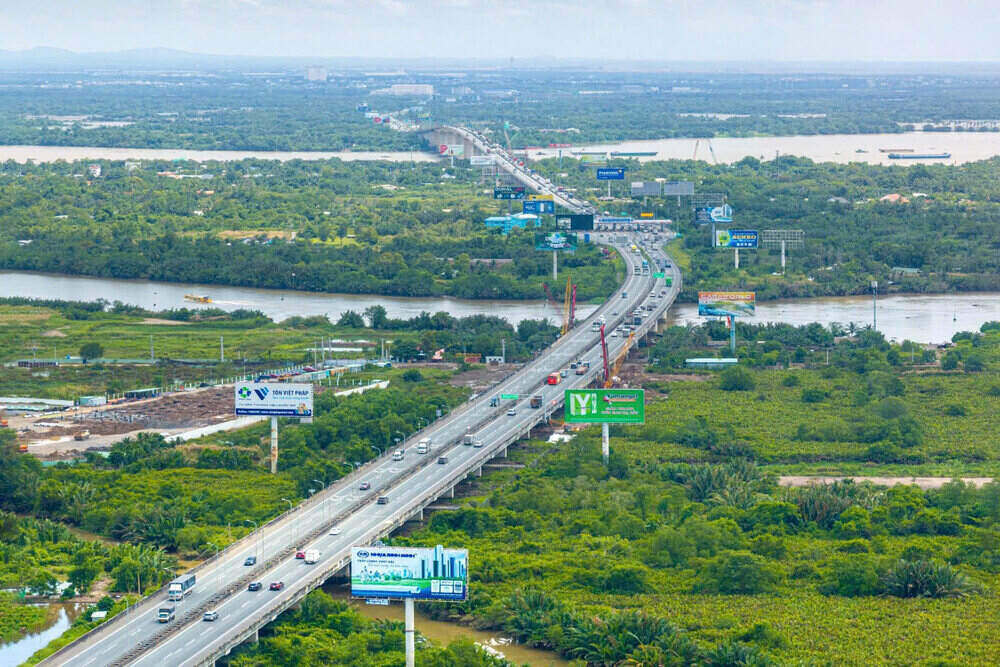
The project was started on August 19, 2025, and is expected to be basically completed in December 2026 under the direction of the Prime Minister. However, according to the report of the Board's Expressway Project Management Board (SEPMU) and the working session between VEC and contractors, after 2 months of implementation, both packages are behind schedule, not meeting the set plan requirements, specifically, the progress of package XL1 is about 80%, package XL2 is only nearly 40%.
According to records, construction activities at the construction site are mainly concentrated in the Long Thanh bridge area. The section from Km4+00 to Km25+920, many locations have been fenced with corrugated iron and gathered with machinery and equipment, but the construction is broken and slow due to lack of land, many items have not been implemented as planned.
It is known that in the XL1 package, contractors have mobilized about 650 personnel and 120 machines and equipment, but have not yet handed over the clean site for construction, only receiving the cleared site in phase 1 with a width of 5-6m, while to implement construction according to the site clearance boundary in phase 2, the corridor width must be from 17-20m to be able to carry out synchronous construction.
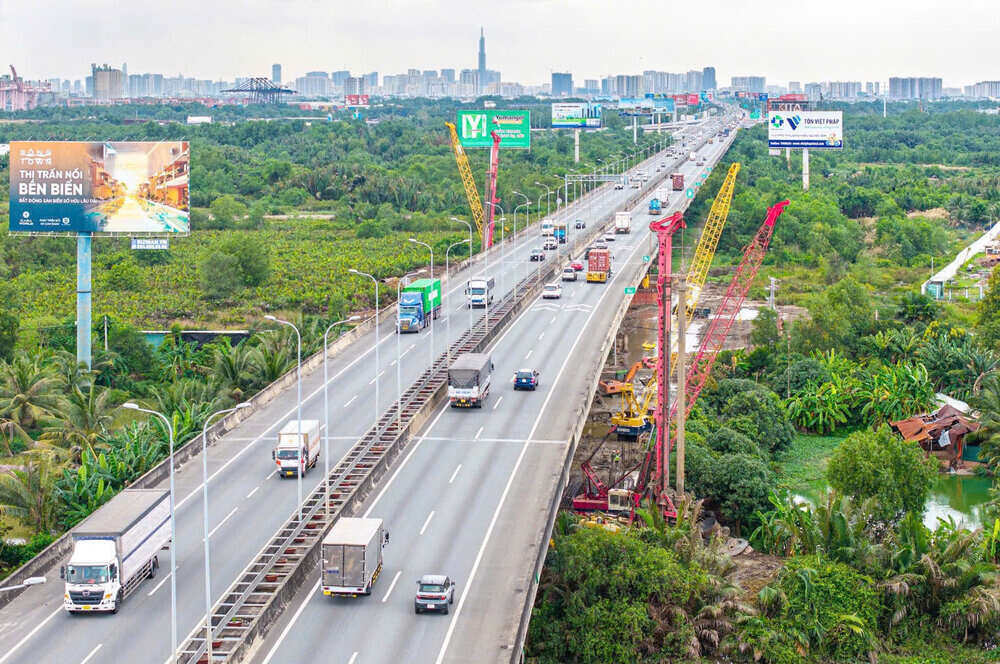
In particular, the approach bridge from abutment M1 to T20 has not yet been cleared, the piers from T130 to T142 do not have access roads, so machinery and equipment have been mobilized for nearly 2 months but cannot start construction.
At the overpass section expanded by 7.25m (to reach a scale of 8 lanes), some locations are stuck with pile drilling, so each pillar can only construct 2/4 piles. In the 11m wide section (to reach a scale of 10 lanes), only about 70% of the site has been received, so all bridge piers in this area can only construct 3/5 piles for each pillar.
For the XL2 package located in Long Thanh commune (Dong Nai province), more than 230 personnel and nearly 100 machines and equipment have been mobilized, contractors are organizing clearing and clearing the site, building service roads, drilling and testing CDM, drilling and filling, etc.
Currently, the construction work is also facing many difficulties due to land clearance problems, there are no construction drawings for the relocation of the road on the route, construction drawings for the girder, etc., so the contractor has no basis to carry out and implement the construction. In addition, the contractor has not been provided with completed drawings of fiber optic cables, roads supplied to the ITS system, and water pipes within the construction site.
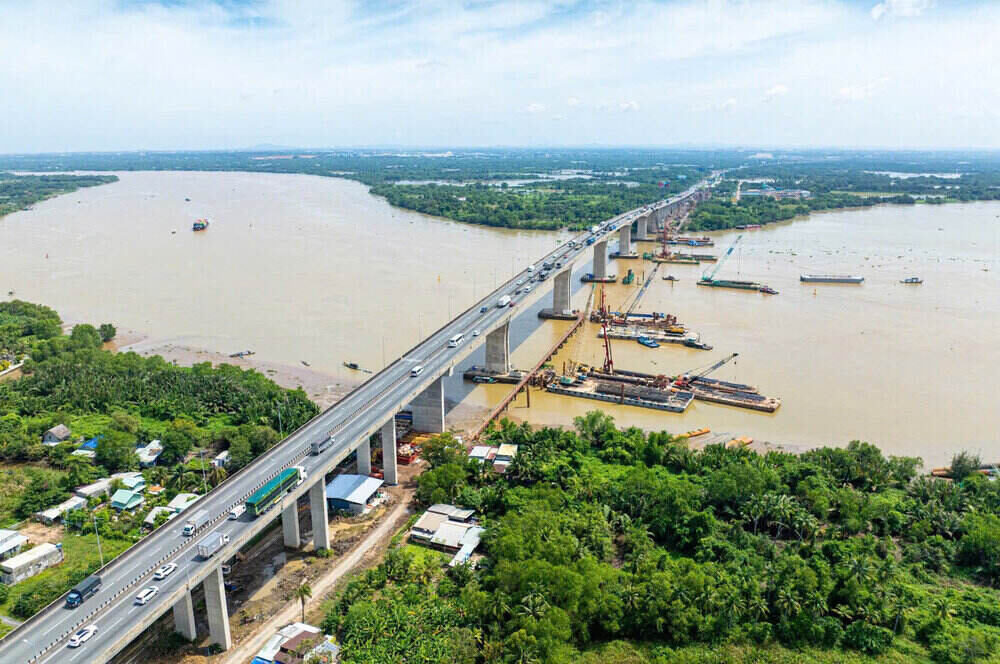
The Ho Chi Minh City - Long Thanh Expressway is an urgent project, implemented in the form of an emergency project (both designed and constructed), the design work is divided into 2 steps including basic design and construction drawing design, in which the construction drawing design work is the responsibility of the investor (VEC) to preside over and provide to the contractor.
However, the appraisal and approval of construction drawing designs is slow and has not met the construction progress of the contractor at the construction site. This situation will not only cause great damage to contractors' costs, but the risk of project delays is also inevitable.
The Ho Chi Minh City - Long Thanh - Dau Giay Expressway is a total of 55km long, invested by VEC, and put into operation since 2015. After 10 years of operation, the traffic volume has increased more than 3 times the original design.
The expansion of the expressway is expected to completely resolve congestion, reduce pressure on the East of Ho Chi Minh City, enhance regional connectivity and serve the operation of phase 1 of Long Thanh airport from 2026. This is considered an urgent solution to remove infrastructure bottlenecks, paving the way for sustainable development of the key economic region in the South.



